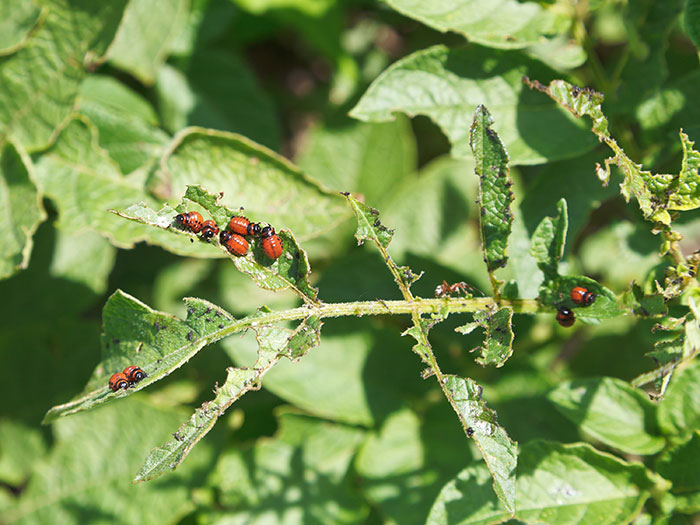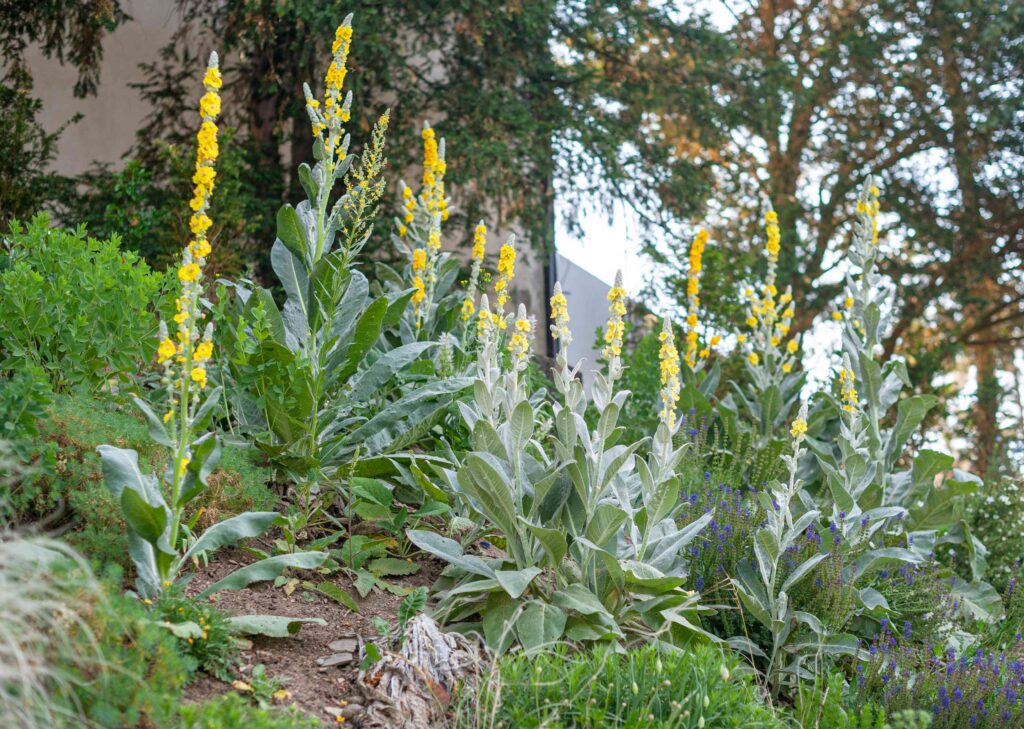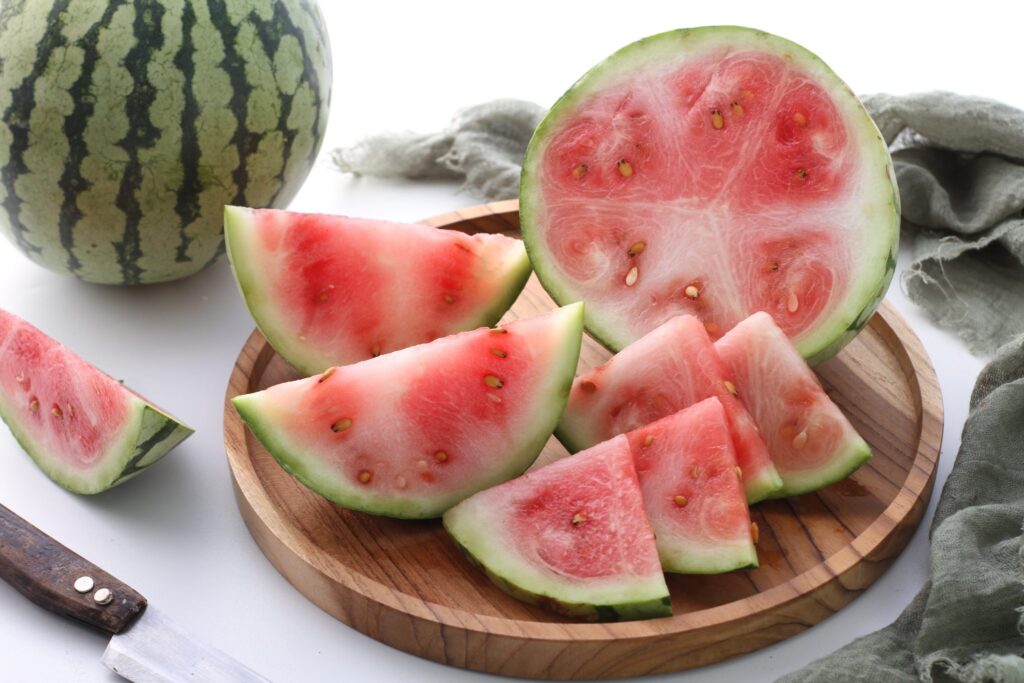Want to add value to your house and get a better sale price? You’re in the right place. In this easy, all-in-one guide, we share expert insights and practical strategies on how to add more value to your house. From cosmetically superficial renovations to major renovations, which often offer long-term value through interior changes, we have something for everyone. If you’re looking to sell fast, check out alex buys vegashouses for expert advice on selling your home quickly. Learn how to appeal to your curb, make significant energy-efficient improvements, and change your kitchen and bathroom into fabulous showpieces. We explore the possibilities of attic conversions, adding a second storey, and maximising your living space to create that comfortable yet valuable living environment. Prepare to uncover the secrets for increasing value in your home and making it shine in the real estate market!
Upgrade Your Home’s Exterior to Create a Stellar Curb Appeal
When selling a house, the first impression matters. In minutes of seeing it, a potential homebuyer is able to form an opinion about your house. But do not worry because here are five ways you can boost your home’s curb appeal.
1. Give Your Front Door and Trim a New Coat of Paint: Fresh paint can do great wonders on your external impression when painting your home. Just make sure that it goes well with the color combination of your house’s siding and trim. Paint the door and trim under it in the same color. This will make the appearance new and brighten up a dull facade.
2. Replace Your Old Mailbox with a New, Stylish One: Your mailbox is one of the first things people see when they come closer to your house; so, it must look presentable. In case the mailbox of your house is old, rusty or damaged, there is nothing better than replacing it with a new, stylish one. Your mailbox should perfectly fit the style and architecture of your house.
3. Have flowers and shrubs in your front yard: To make your home look attractive in the eyes of the bystander, landscaping is very important too. Plant flowers and shrubs in your front yard to add color and interest. Also, pick ones that are easy to care for and will thrive in your region.
4. Clean Your Driveway and Walkways by Power Washing A dirty driveway and walkways can really make your home lose curb appeal. Therefore, clean your driveway and walkways through power washing to remove dirt and grime. In turn, your house will look cleaner and cared for.
5. Outdoor Lighting Upgrades: Undeniably, such lighting measures can provide the security for your home as well as add an appeal to your house. Put some new fixtures near the front door, garage, and walkway. Some functional yet stylish lighting fixtures.
These simple things will make the curb appeal of your home better as you will impress your potential buyers.
Energy Efficiency Improvements
With the current concerns on the environment, today’s market will always find the buyer looking for an energy-efficient home. Becoming green-friendly is not only about how it would help the environment but also adds lots of value to your home. Consider upgrading your home with energy-efficient upgrades that reduce your carbon footprint and add value.
All of these should start with an energy audit to point out the areas of energy loss in his home. This is how he discovers various opportunities that include insulation upgrade, efficient window replacement, and also the installation of energy-saving appliances. All those will cut down the monthly energy bills, but at the same time, they make the house more comfortable and attractive to buyers.
Invest in green heating and cooling systems, which entail high-efficiency furnaces or heat pumps, for maximum efficiency on the energy levels. Such systems not only help you reduce energy consumption but also offer you constant and consistent temperature management, increasing comfort within the home.
Rework your kitchen and bathroom.
First and foremost, the renovation in the kitchen and bathroom can bring you a great return because these are always one of the most frequently used and seen rooms by a prospect. Improve the space with modern and newer appliances, preferably energy-efficient ones, not only for lesser energy consumption but also to appeal to the environmentally friendly buyer. Upgrade your kitchen cabinets and countertops to give the room a fresh, modern look. A new shower or bathtub adds that touch of luxury in the bathroom if budget permits. Skylights brighten up the space and make it appear larger. Retiling of the shower or bathroom floor gives this room an upscale look.
Remember: small changes can make a big difference. Update the outdated fixtures, add more lighting, and paint the walls in the kitchen and bathroom with an updated look. The needful renovation to these parts will not only benefit the occupants in functionality and beauty but also increase the value of your house in preparation for potential buyers when you decide to sell.
Second story or open attic space.
If you want the value of your house to be improved dramatically, consider two impactful ideas: one is the conversion of an attic into a liveable space, and the other is adding a second story. Both strategies share different benefits.
To create a usable room from an attic, one needs to install insulation, flooring, and windows. It can be a perfect warm bedroom, a home office, or a playing room for a child in the family. The previously unused space in the attic is occupied this way, hence effectively increasing the house’s usable square footage without increasing its footprint. You should ensure proper insulation and ventilation to retain comfortability as well as preserve energy efficiency.
On the other hand, a second story adds to your home from above. You can add as much space as you want in the form of bedrooms or bathrooms or even add another living area. This will suit a more extensive family who need extra space, or those desirous of adding as much value possible to their house for selling. However, the property extension would entail careful consideration of both structural integrity and architectural coherence. One should seek an architect or contractor to ensure that the addition will blend in with the existing building and even include some safety standards as demanded by local building authorities.
Once you have deliberated on these major overhauls, energy efficiency should be at the top of your priority list. Proper insulation, energy-efficient windows, and use of more environmentally-friendly materials can lower energy consumption and electricity bills, thus making your home attractive to environmentally aware consumers and increase its value over time.
Maximize your living space
Maximizing your living space would become a very crucial step in thinking of ways to enhance the value of your house. Creating an appealing and comfortable living atmosphere at all corners of your property will be achieved by using your property creatively, thus making it more convenient for both you and your future buyers.
You can also maximize the use of your living space by enhancing your basement into a lovely room. Transform it into an intimate den, a home office, or even a guest bedroom – the possibilities are endless and very practical. A finished basement is an absolutely lovely extension of your living area in the house; consider installing soundproofing, adding windows for natural light, and built-in storage solutions to really make the most of this often under-used space.
Another good option is to add a sunroom or screened porch, which extends the area of living in your home. These are connected openings that pass so smoothly into the outdoors that they give you a light, airy space you can enjoy year-round. You might use it as a haven to relax, have your dinner, or play with the children-that’s when a sunroom or screened porch adds to the value and enjoyment of your house.
For outdoor enthusiasts and entertainers, the best way to maximize living space will be by building a deck or patio. Such an outdoor living space will be added to the house, giving you the perfect location for gatherings, barbecuing, or simple relaxation in fresh air. From durable building materials to shade structures or pergolas and stylish furniture, it is always possible to create an inviting outdoor space that will add value and appeal to your property.
Lastly, do not forget to include some building in storage and shelving capabilities. Not only can this keep your living spaces organized and clutter-free, but also create an illusion of space with a sense of order. Take advantage of vertical space using wall-mounted shelves and add built-in cabinets and drawers or install an aesthetically pleasing storage bench in your entryway to give functionality and beautiful appeal to your residence.
This way, you can maximise the liveable space of your house by creative renovation and addition to enhance your house’s value at the same time improving the quality of your life and comfort and joy associated with living in that home with your family.
Final Thoughts
In nut-shell, maintenance and upgrading of your house is important factors for uplifting its worth and creating a convenient living place. For instance, before even beginning your simple cosmetic upgradations or major renovations, study and make consultations with experts. You will find possible preferences that homebuyers in your region may have regarding the improvements you make, and you shall then establish appropriate prioritization on those projects that offer the greatest ROI. Finally, consider hiring a professional appraiser to assess the value of home improvements on your property. If you follow these tips and advice, you will make truly informed decisions as to your property and therefore add value to it, while creating a living space you can actually enjoy based on your needs, thus maximizing your investment. Remember, a well-maintained and updated house is not only an asset, but also a haven for you and your members of the family to strive and make great experiences.




